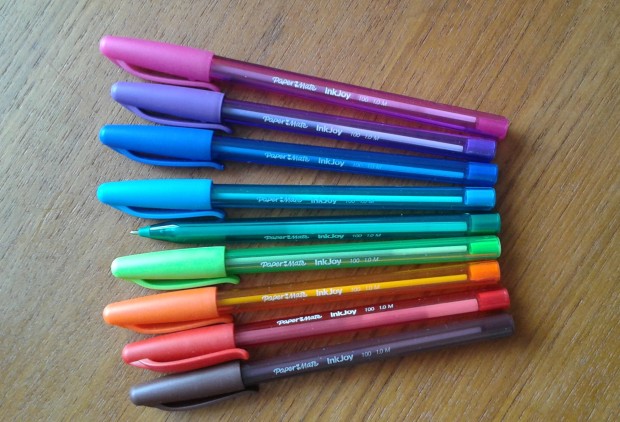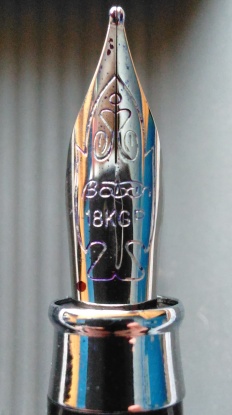
Last week on an outing to the Edmonton ReUse Centre, my sister and I came across a big stash of note pads and envelopes from Greys Paper Recycling. Greys was a local recycling company that unfortunately went bankrupt last year. Their products were made from used office paper and textiles without chemicals and with less water than traditional paper mills. The company got its name from the look of the paper.
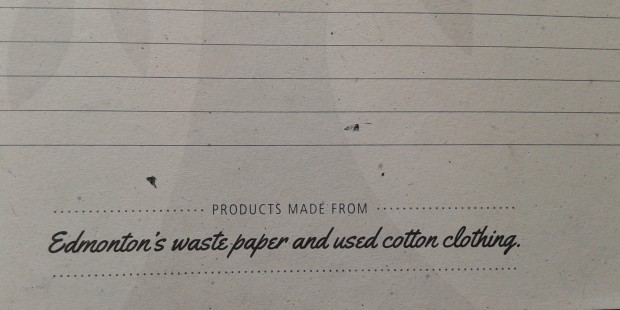
While there were no doubt a myriad of reasons why the company went under, a big part of the problem was that they just weren’t able to get enough consumers to buy paper that was not satiny smooth and white. This is really unfortunate.
In order to get recycled paper that looks the same as paper made from pulp from trees, it has to be chemically bleached and often is not made wholly of recycled materials but instead is a mix of virgin pulp, pre-consumer (leftovers from the lumber industry), and post-consumer (stuff from our recycling bins) materials. The more post-consumer content in recycled paper, the better for trees and the less waste in landfills. So Greys Paper, with its 100 percent recycled content, was a real winner environmentally.
Wouldn’t it be great if consumers could get over their expectation that all paper should be snowy white? Earlier in the week I was at a lecture by Japanese artist Akira Kurosaki who favors coarse, handmade Korean paper for the uniqueness it brings to his printmaking. I actually first came across Greys paper at a Edmonton Calligraphic Society mark-marking workshop at the Paint Spot with Carrie Imai a few years ago. It worked great with the watercolours we were experimenting with.
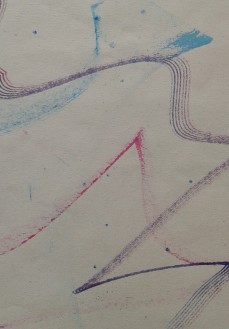

So how does it fare with pens? I was amazed that there was no bleed through, even with the Sharpie! I will enjoy my stockpile of Greys Paper and hope that another company can take over their facility to resume making this recycled paper.
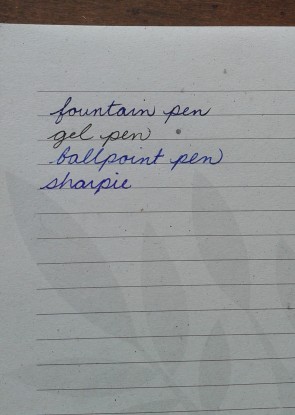
As it was my sister who had the sharp eye to spot this paper at the ReUse Centre, I asked her to help me describe the Greys Paper person. With the Greys name in mind, this is an older person who is frugal and careful with their waste as a way of life, not as a higher ideal but rather the way they were brought up when patchwork quilts were made of bits of cloth cut from worn out clothing and when insulation consisted of old newspapers.
